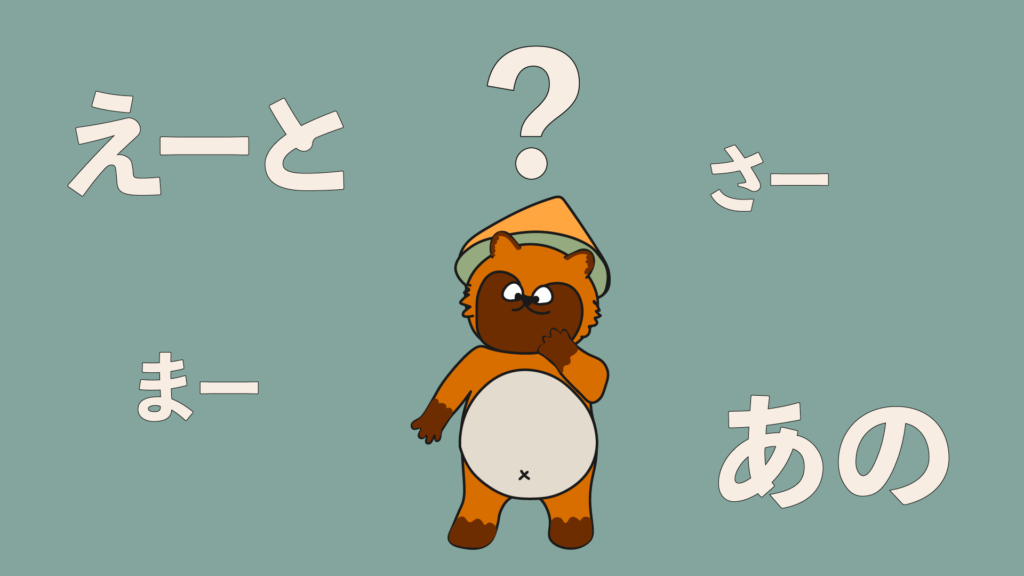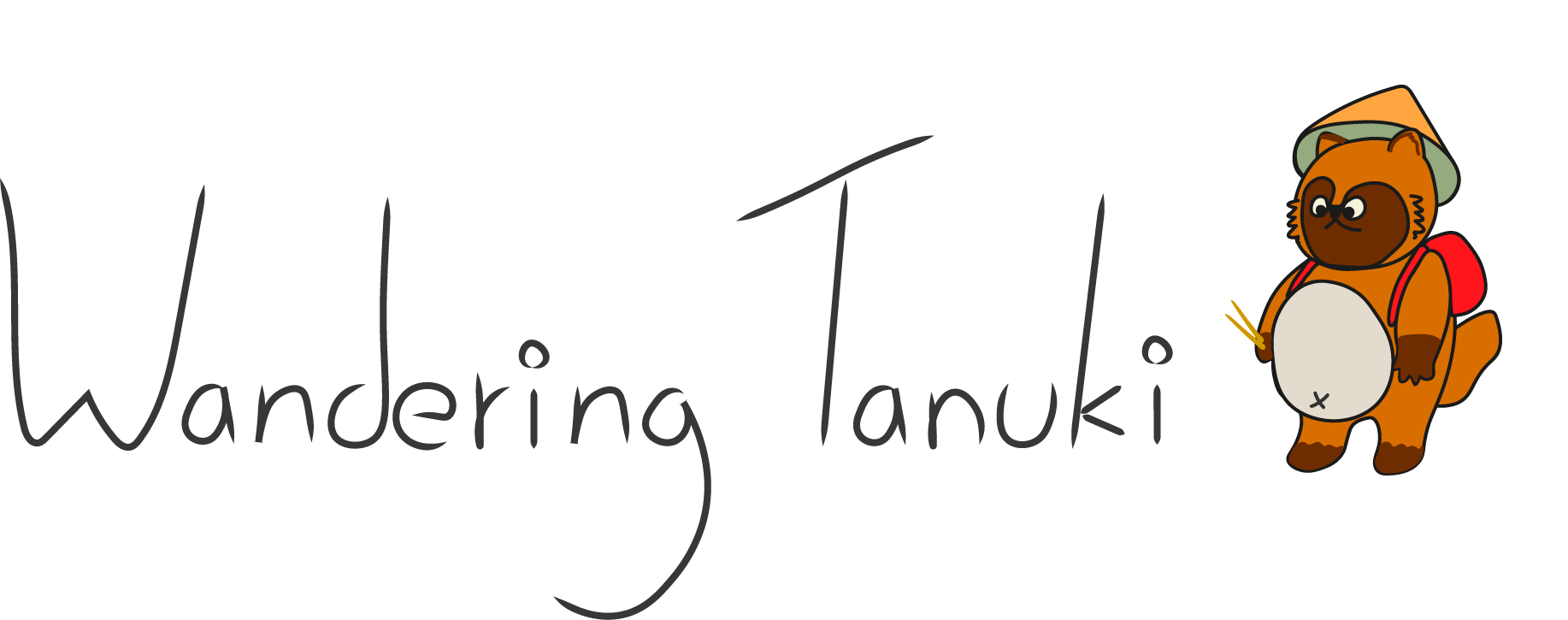Filler words in Japanese: How to use them!
Note: As an Amazon Associate, I earn from qualifying purchases.
Filler words in Japanese are words that can be placed in the pauses of conversations. If you’re just starting to learn Japanese, you might notice that you mix in the English “um” or “uh” in your Japanese speaking. Try replacing those English filler words with Japanese words, so you sound more natural and you can get some more time to think before speaking.

Note: Be sure to only use these in casual conversations, and don’t use them in your writing or formal speaking. Just like in English, filler words can seem unprofessional and timid so try not to use too many of them.
えー – Ee – Really? or Um…
This can be a filler word that can express a slight surprise or a word you might use if you’re thinking about what to say next.
えー!でも私はホワイトチョコの方が好きです。
Eee! Demo watashi wa howaito choko no hou ga suki sukidesu.
Really!? But I prefer white chocolate.
彼はえー、、、アメリカのオハイオ州出身です。
Kare wa eee… amerika no ohaio shuu shusshin desu.
He’s from… um… the state of ohio in the U.S.
えーと – Eeto – Um…
This is similar to えー and is used when you’re thinking about what to say. It’s common when people answer questions that they’re not sure about.
えーと、、、難しい質問なのでもう少し考えさせてください。
Eeto, muzukashii shitsumon nanode mousukoshi kangaesasete kudasai.
Um.. the question is hard so I would like more time to think.
あの – Ano – Uh… or Excuse me?
If you need to get someone’s attention, this is often used. It’s normally added before you start making a request.
あの、、、質問をしてもいいですか?
Ano… Shitsumon o shite mo iidesuka?
Uh… (excuse me?) Can I ask a question?
まー – Maa – Well…
This works almost exactly like the word “well” in English. It’s usually placed at the beginning of the sentence.
まー、、、何があっても頑張りましょう!
Maa, nani ga atte mo ganbarimashou!
Well… Whatever happens let’s just try our best!
さー – Saa – Hmm…
Like まー this also usually appears at the beginning of a phrase. It expresses uncertainty of what’s happening. If someone asks about something and you’re not sure you could say this first before replying.
さー、、、どっちが勝つかは何とも言えないですね。
Saa, docchi ga katsu ka wa nanto mo ienai desu ne.
Hmm… It’s hard to say which will be the winner.
あれ/あら – Are/Ara – Huh…
These are filler words that can be used to express confusion or when you can’t remember something. For example, if you can’t seem to find your glasses you could use these words. They can both be used interchangeably.
あれ、、、メガネが見つかりません。
Are, megane ga mitsukarimasen.
Huh… I can’t find my glasses.
あら、、、今日のテストのことすっかり忘れていました。
Ara, kyou no tesuto no koto sukkari wasurete imashita.
Huh… I completely forgot about today’s test.
Practice Dialogue using Japanese filler words:
Kitsune:
タヌキさん、あの、、、質問してもいいですか?
Tanuki san, ano… shitsumon shite mo ii desu ka?
Tanuki, uh… can I ask you a question?
Tanuki:
いいですよ!
ii desu yo!
Sure!
Kitsune:
一番好きな食べ物は何ですか?
Ichiban suki na tabemono wa nan desu ka?
What’s your favorite food?
Tanuki:
えーと、、、タヌキうどんです!
Eeto… Tanuki udon desu!
Um… It’s tanuki udon!
There are plenty of other Japanese filler words, but these are some of the most common ones. If you pay attention to native speakers, you will start to recognize more of them! I hope that this can give you a start in sounding natural when speaking Japanese. Stay tuned for more articles coming soon, and check out my other articles like How to Introduce Yourself in Japanese
~ Tanuki





